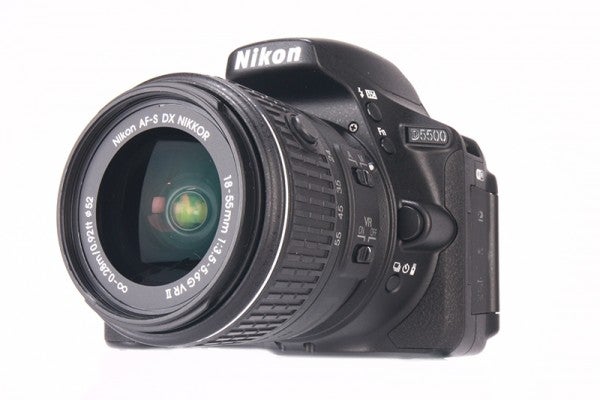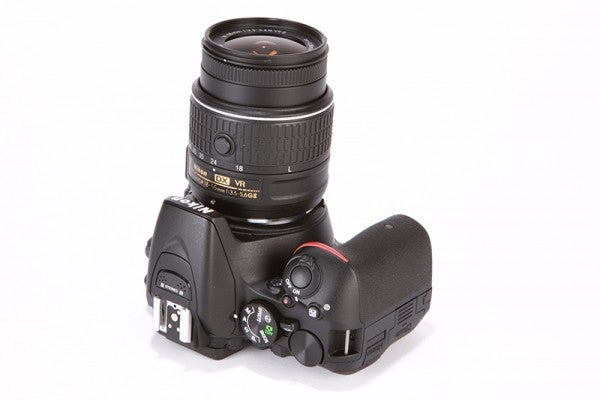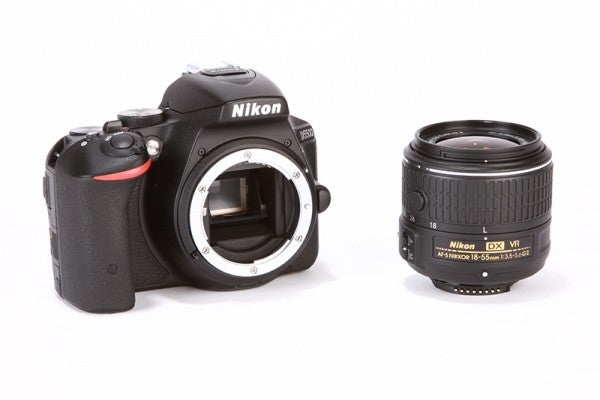Nikon D5500 Review - The Nikon D5500 builds on the success of its D5300 predecessor with the addition of a new touchscreen and tweaked design, amongst several other enhancements.
Nikon D5500 Review
Nikon’s D5xxx range of DSLRs are an interesting proposition in the entry-level DSLR market. While most manufacturers announce their latest model as a replacement for the previous generation, or at least discontinue the last-but-one model, Nikon has taken a slightly different approach with the D5xxx series.
By way of offering entry-points at different price points, Nikon has continued to produce both the Nikon D5200 and D5300, and will presumably do so even after the launch of the new D5500.
As a result, the improvements found with each new model are normally incremental rather than revolutionary, giving those looking to take the step in to DSLR photography a range of options.
This also makes sense as new models in the Dxxx range of DSLRs continue to impress, with the D5300 garnering particular acclaim. The D5500 continues to build on the series’ feature-set, introducing new touchscreen LCD functionality and a redesigned body, but does it substantially improve on the D5300?
Nikon D5500 Review – Features
As is ever the case with a new DSLR launch, it’s always good to compare the camera to its predecessor – in this instance, therefore, it’s good to check and see how the D5500 differs from the D5300.
One of the most welcome additions for the entry-level DSLR market will no doubt be the model’s new touchscreen functionality. While the specification remains the same – 3in in size, 1,037k dot resolution and with vari-angle functionality – the unit now boasts touchscreen functionality offering access to all common shooting settings as well as image review and playback.
For an entry-level market often familiar with touchscreen technology from their smartphone or tablet, this will no doubt prove extremely welcome.
The D5300 saw the introduction of both Wi-fi and GPS technology in to the camera’s body, rather than necessitating a separate terminal to be connected to the camera. Whilst the Wi-fi functionality remains, the D5500 dispenses with GPS geo-tagging capabilities.
Although this will no doubt disappoint some, most wouldn’t have used the GPS functionality and – thanks to a work-around using the Wi-fi functionality – geo-tagging is still possible.
LCD Upgrade
Outside of the major modification to the functionality of the LCD screen, and the dropping of the camera’s native GPS functionality, the bulk of the model’s specification remains the same as on the Nikon D5300.
The model features the same 23.6 x 15.8 APS-C, DX-format sensor as found on the D5300 complete with a 24.2MP resolution and once again lacking in an optical low-pass filter.
As a result of the absence of the optical low-pass filter, the D5500 should be capable of resolving a much higher level of detail than rival cameras with the filter still in place, although there are certain disadvantages. For example, there is the risk of moiré patterning appearing when photographing areas of recurring patterns such as fabrics or in architecture.
One change to the capabilities of the sensor, however, is the ISO range. Where the D5300 has a native ISO of 100-12800 extendable to ISO 25600, the D5500 boasts a native ISO range of 100-25600 without the need for the extended ‘H1’ setting.
ISO Upgrade
What this hints at is an improvement in image processing at the high ISO settings, although the D5500 does still feature the same processor as the D5300. That’s not to say that the Expeed 4 processor hasn’t been slightly tweaked in some way, although it could also be achieved from a modification of the RGB colour sensor.
The D5500 is well equipped with regards to video functionality, offering Full HD capture at 1920 x 1080p resolution and at 60, 50, 30, 25 and 24p, as well as other lower resolutions.
Video can also be captured in the new ‘Flat’ picture style as first seen on the Nikon D810 and D750. This settings records a low contrast file without extra sharpening, giving the users the chance to add their chosen style to the video file in post processing.







